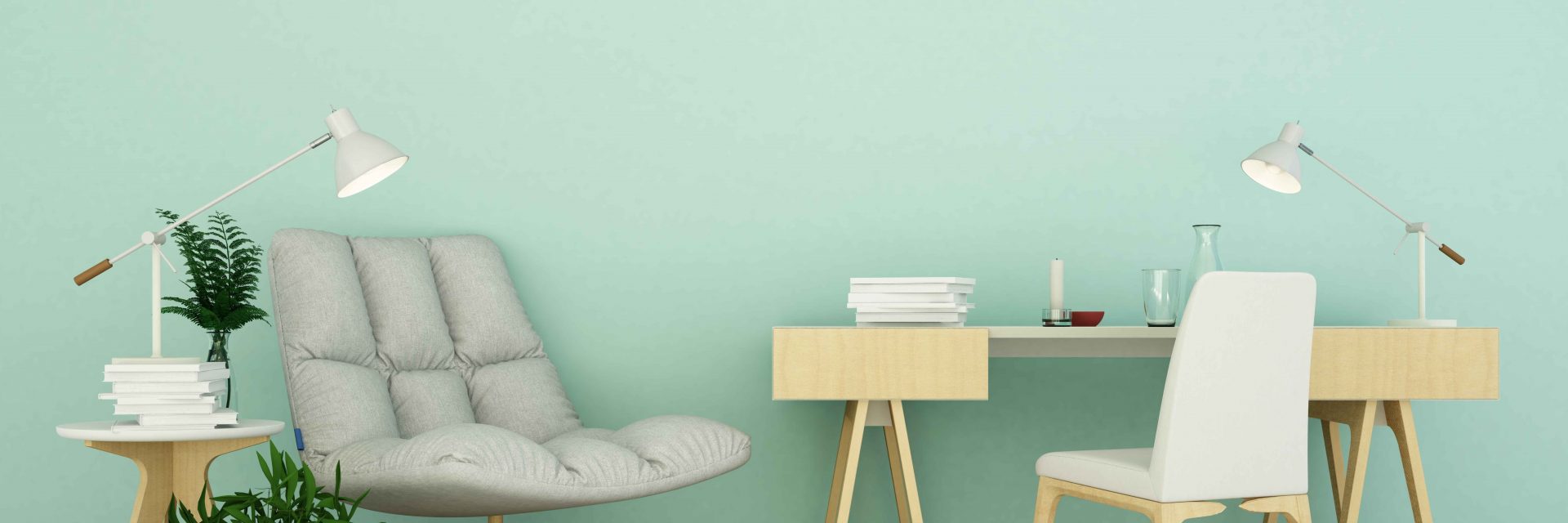Check Out The Function Of Seasonal Factors In The Success Of Industrial External Painting And Discover The Best Times To Secure Enduring Results For Your Project
Check Out The Function Of Seasonal Factors In The Success Of Industrial External Painting And Discover The Best Times To Secure Enduring Results For Your Project
Blog Article
Post Writer-McLamb Chaney
When you're planning an industrial outside paint task, seasonal elements can make or break your outcomes. You'll wish to take into consideration how temperature level and moisture effect paint application and drying out times. Picking the ideal season can ensure your paint adheres effectively and lasts longer. But which seasons are genuinely the very best for this sort of job? Let's discover the crucial elements that can impact your project's success.
The Impact of Temperature on Paint Application
When you're preparing an industrial outside painting project, the temperature can dramatically influence exactly how well the paint sticks and dries out.
Preferably, you want to repaint when temperatures range between 50 ° F and 85 ° F. If it's as well chilly, the paint might not treat effectively, resulting in concerns like peeling off or fracturing.
On the other side, if it's as well hot, the paint can dry too rapidly, stopping appropriate adhesion and resulting in an irregular surface.
You ought to likewise think about the moment of day; early morning or late afternoon supplies cooler temperature levels, which can be more positive.
Always examine the producer's referrals for the details paint you're making use of, as they typically supply assistance on the perfect temperature range for optimal outcomes.
Moisture and Its Impact on Drying Times
Temperature isn't the only environmental variable that affects your business exterior painting project; humidity plays a substantial role as well. High moisture degrees can slow down drying out times considerably, influencing the total quality of your paint job.
When the air is saturated with wetness, the paint takes longer to treat, which can bring about problems like bad bond and a greater threat of mold development. If you're repainting on a specifically damp day, be prepared for extended delay times between coats.
It's vital to check neighborhood weather and strategy accordingly. Ideally, https://deanmgrzi.humor-blog.com/33930342/innovations-and-trends-defining-the-future-landscape-of-the-paint-industry for humidity degrees in between 40% and 70% for optimum drying.
Keeping these consider mind guarantees your project remains on track and delivers an enduring finish.
Best Seasons for Commercial Exterior Paint Projects
What's the best time of year for your industrial outside painting jobs?
Springtime and very early loss are usually your best options. Throughout https://news.artnet.com/market/keith-haring-radiant-baby-childhood-home-auction-2163953 , temperatures are moderate, and humidity levels are often lower, creating suitable problems for paint application and drying out.
Avoid summer's intense heat, which can trigger paint to dry too rapidly, resulting in poor bond and coating. In a similar way, wintertime's chilly temperatures can prevent proper drying and curing, taking the chance of the long life of your paint task.
Go for days with temperatures in between 50 ° F and 85 ° F for ideal outcomes. Remember to inspect the regional weather forecast for rain, as wet problems can destroy your project.
Preparation around these factors ensures your paint task runs efficiently and lasts much longer.
Conclusion
To conclude, preparing your business external painting tasks around seasonal considerations can make a significant difference in the end result. By scheduling work throughout the optimal temperatures and humidity degrees, you'll ensure far better adhesion and drying out times. Remember to watch on regional weather forecasts and pick the right time of year-- springtime and early autumn are your best bets. Taking these steps will certainly aid you achieve a durable and professional surface that lasts.
